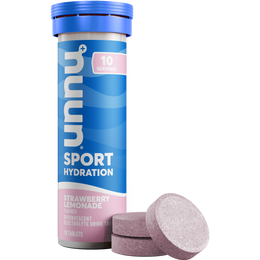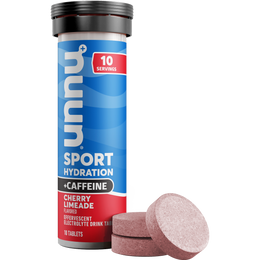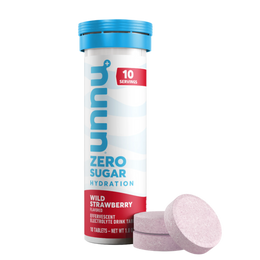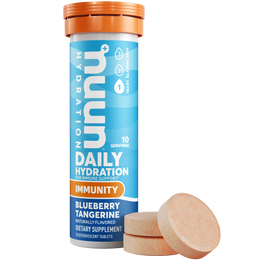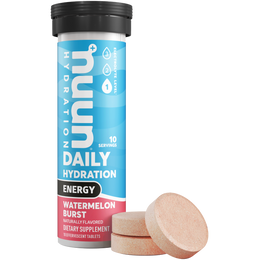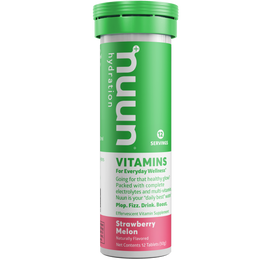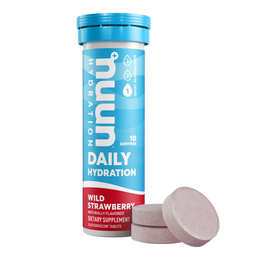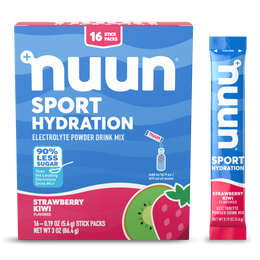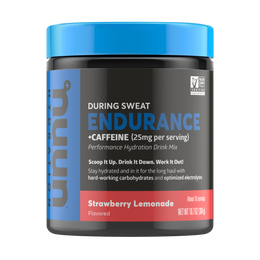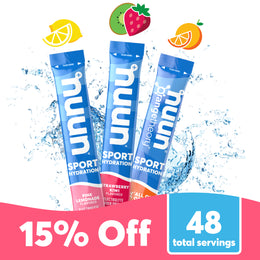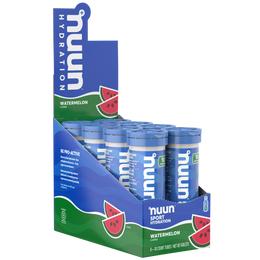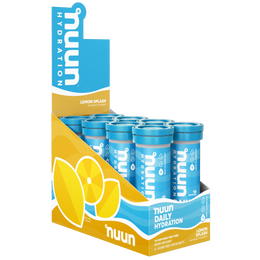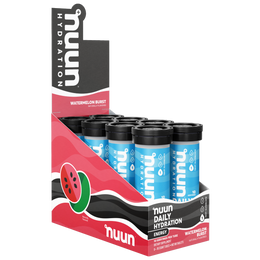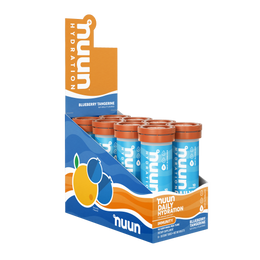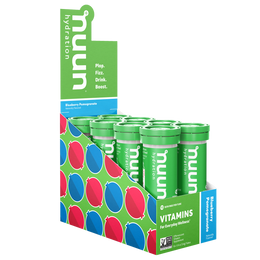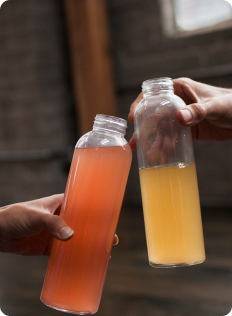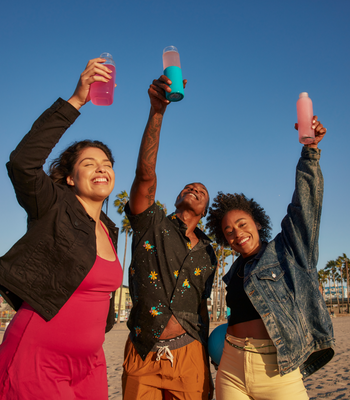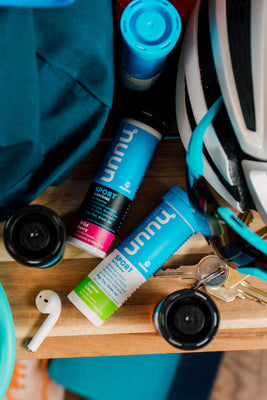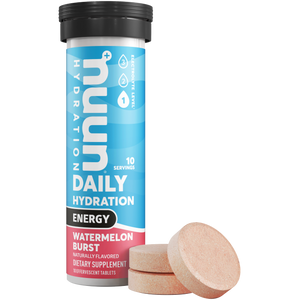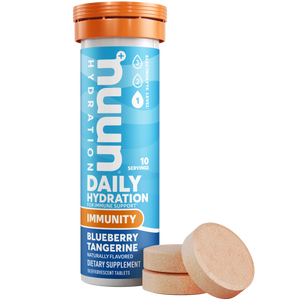Lessons Learned in my First 50k

By Brian Fisher,
Sponsorship Marketing Manager
First of all, I think it’s important to clarify that calling myself “a runner” still feels funny. I used to walk the mile in high school gym class and tried to make light of my lack of motivation by saying that I only believed in running if I was being chased. Now after training for and completing a wide variety of events, including 5 half-marathons and a 30k road race, over the past 5 years, perhaps it’s time that I begin to accept the label.
Somewhere in there I really began to enjoy running and starting feeling more and more motivated. I know a lot of really incredible elite athletes that either win races or regularly have podium finishes overall or in their age groups. I also know that will never be in the cards for me and have realized that what moves me is a combination of external and internal factors. I love to compete and get others to race, whether it’s against me or their own personal best. I also realize that I am truly enjoying pushing myself to go further or faster than I thought I was capable of previously.
At the beginning of this year, these factors mixed to form the surprising (to me) motivation to sign up for my first 50k trail run. I chose the Smith Rock Ascent near Bend, Oregon (which I highly recommend).
Here's what I learned along the way:
- Training that involves elevation can take a lot longer than expected.
One of the first things I learned as I started trail running (a new experience when I started training in January for the 50k), is to add 2-3 hours on to my expected finish time for long training runs. There were times when the elevation was way more than I thought, I came across snow covered trails, or even got lost for a few miles. I learned quickly to tell people not to worry if I wasn’t back for dinner (but still save me food, of course)!
- Pack an extra layer even if it’s a beautiful day.
Sunny and 70 in the city feels a whole lot different when on the shady side of a mountain and a few thousand feet higher than when you started running. I quickly learned to start bringing light gloves and an extra layer, even if I was almost certain I wouldn’t need them.
- Chafing is real.
I don’t think I need to go into more detail here. The point is, plan for this and find something that works for you to prevent chafing!
- Fueling while exercising for multiple hours is hard and doestake practice.
I had never run a marathon (still haven’t) or even much further than a half-marathon before beginning this training, so I didn’t have much experience needing to replenish many calories while running. I always just figured that I would run along and stop to snack or eat a gel when I felt hungry or tired. Thankfully I had the great advice from some friends and coworkers that for extended workouts, it is really important to stay ahead of the hunger curve and actively refuel even if you don’t feel hungry at the moment. I also learned that this is a hard thing to do and it takes practice to find the best type of fuel for your personal needs. Thankfully, I had been able to test our newest product, plus for nuun, throughout my whole training process. While this didn’t replace my intake of gels and other fuel sources, it definitely reduced my reliance on them and allowed me to get some of the calories I needed for the endurance activities from my drink!
- When you feel tired and want to slow (way) down, find a way to keep going.
There were times when I felt like giving up or slowing down and resting, but underneath that surface feeling, I knew it would not be a wise decision. Sometimes I would find a landmark as far ahead as I could see on the trail and tell myself that if I kept running until I reached it, I could reassess and rest there (or find another landmark and keep playing this game). That often worked to keep me moving, and other times I just had to use logic and remind myself that stopping or slowing down only meant it would take longer to finish (and enjoy that cold beverage at the end)!
- An ultra run doesn’t necessarily mean you are running the whole time.
Completing an ultramarathon might be strictly a run for some people (I’ll never catch them), but for others (myself included) an ultra doesn’t mean you have to, or will be able to, run the entire time! Instead of setting a specific pace goal for my first 50k, my plan was to pace myself well enough that I didn’t get worn out on the uphills and not have energy to run on the flat and downhill sections, while at the same time not be so slow that I was out there forever! I know that’s not really a quantifiable goal, but it worked for me and gave me the inspiration to keep going while also knowing it was ok to walk up the sections with a lot of elevation gain.
- The ultra community is great!
This was by far the most friendly, supportive, and community-oriented running experience I have had. My number one goal going into this was simply to finish. My number two goal was to finish feeling good enough that I would want to do another 50k. I am happy to report that I accomplished both goals and I want to give a lot of credit to the folks that supported me along the way. That is everyone who told me it was a crazy idea to sign up for a 50k (that made it even more intriguing to me), the friends that told me it was ordinary to doubt myself in the weeks leading up to the race and that I should trust my training and go out and enjoy the race, and the awesome runners I met out on the race course and got to know over the hours and hours we spent completing this event!
